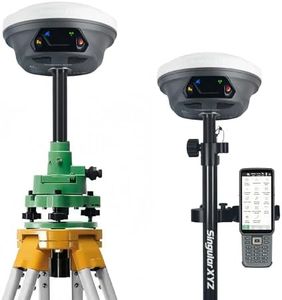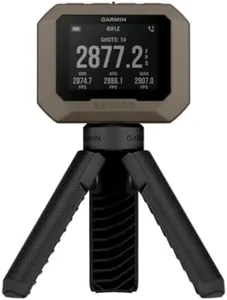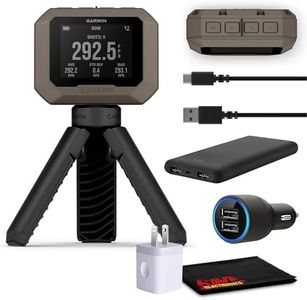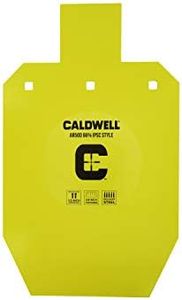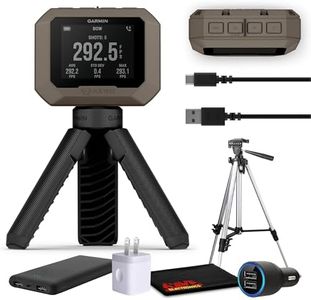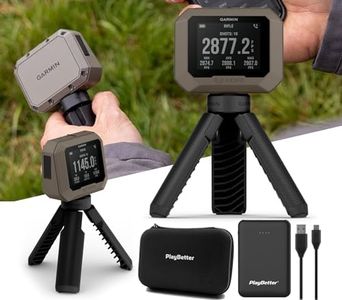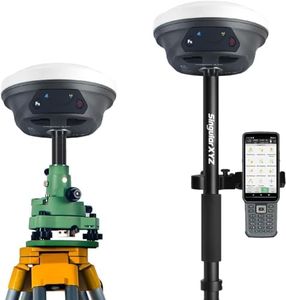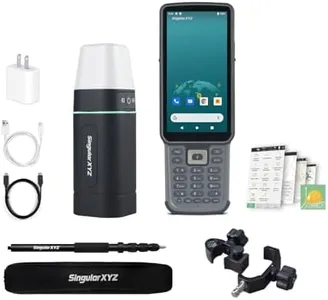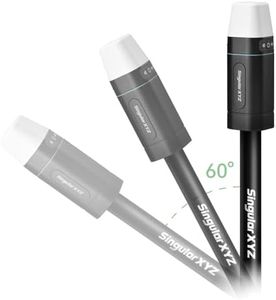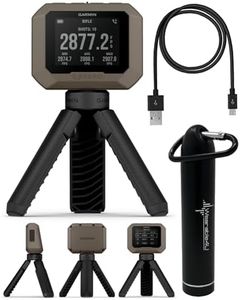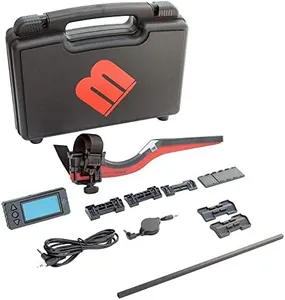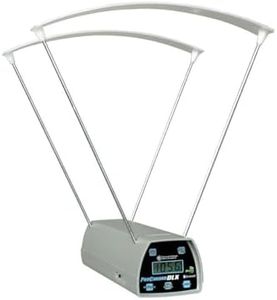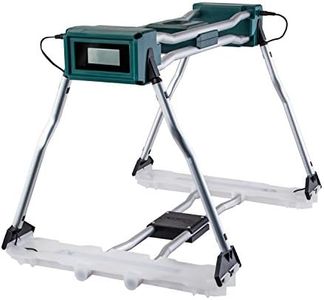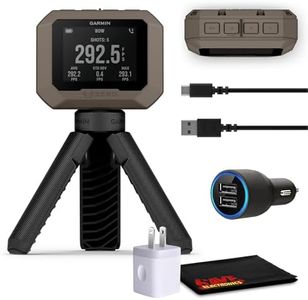We Use CookiesWe use cookies to enhance the security, performance,
functionality and for analytical and promotional activities. By continuing to browse this site you
are agreeing to our privacy policy
10 Best Shooting Chronographs 2025 in the United States
How do we rank products for you?
Our technology thoroughly searches through the online shopping world, reviewing hundreds of sites. We then process and analyze this information, updating in real-time to bring you the latest top-rated products. This way, you always get the best and most current options available.

Buying Guide for the Best Shooting Chronographs
When choosing a shooting chronograph, it's important to understand the key specifications that will help you measure the velocity of your bullets accurately and reliably. A shooting chronograph is an essential tool for shooters who want to fine-tune their ammunition and improve their shooting performance. By understanding the key specs, you can select a chronograph that best fits your needs and shooting style.AccuracyAccuracy refers to how close the chronograph's measurements are to the actual velocity of the bullet. This spec is crucial because accurate measurements are essential for fine-tuning your ammunition and improving your shooting performance. Accuracy is typically measured in percentage error or feet per second (fps). Higher accuracy means more reliable data. For casual shooters, a chronograph with an accuracy within 1% is usually sufficient. Competitive shooters or those doing detailed load development may prefer a chronograph with even higher accuracy, such as within 0.5%.
Velocity RangeThe velocity range indicates the minimum and maximum speeds that the chronograph can measure. This is important because different types of ammunition and firearms produce different bullet velocities. A wider velocity range allows the chronograph to be used with a broader variety of firearms and ammunition. For example, airguns and rimfire rifles typically have lower velocities, while high-powered rifles have higher velocities. Choose a chronograph with a velocity range that covers the speeds of the ammunition you plan to measure. For most shooters, a range of 50 to 5,000 fps is adequate.
Display TypeThe display type refers to how the chronograph shows the measured data. Common display types include LCD screens, LED displays, and even smartphone apps. This spec is important because it affects how easily you can read and interpret the data. An easy-to-read display can make the process of recording and analyzing your shooting data more efficient. If you prefer a simple and straightforward display, an LCD or LED screen might be best. If you like more advanced features and connectivity, a chronograph that connects to a smartphone app could be a good choice.
PortabilityPortability refers to how easy it is to transport and set up the chronograph. This is important for shooters who need to move their equipment frequently or use it in different locations. A portable chronograph is typically lightweight, compact, and easy to assemble. If you plan to use the chronograph at different shooting ranges or in the field, look for a model that is easy to carry and set up. For those who primarily shoot at a single location, portability may be less of a concern.
Power SourceThe power source indicates how the chronograph is powered. Common power sources include batteries, rechargeable batteries, and external power supplies. This spec is important because it affects the convenience and reliability of the chronograph. Battery-powered models are typically more portable and convenient, but you need to ensure you have spare batteries on hand. Rechargeable models can save money on batteries in the long run but require access to a power source for recharging. Choose a power source that fits your shooting habits and ensures the chronograph is always ready to use.
Data Storage and ConnectivityData storage and connectivity refer to the chronograph's ability to store and transfer measurement data. This is important for shooters who want to keep detailed records of their shooting sessions and analyze their performance over time. Some chronographs have built-in memory to store data, while others can connect to external devices like smartphones or computers. If you value detailed record-keeping and data analysis, look for a chronograph with ample data storage and connectivity options. For casual shooters, basic data storage may be sufficient.
Most Popular Categories Right Now
